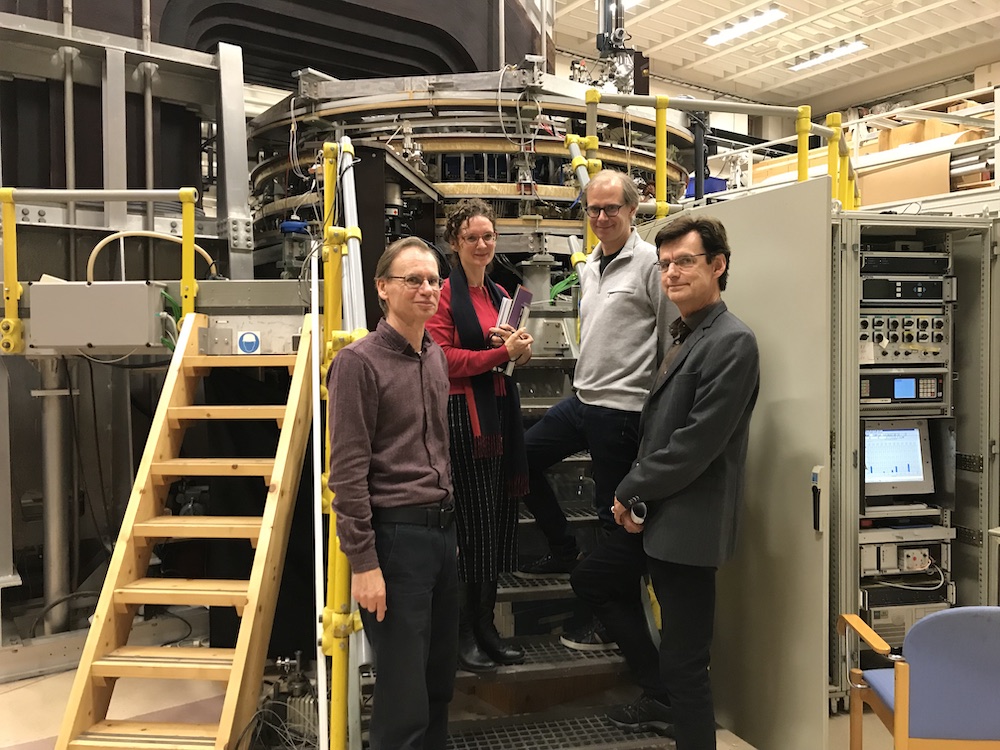Time for fusion energy to prove itself
School visit, Energy Platform, School of Electrical Engineering and Computer Science (EECS)

Fusion energy is gaining ground thanks to long-term international research efforts. A real milestone will be the 2025 inauguration in France of ITER, the largest fusion reactor to date. A number of KTH researchers from KTH Royal Institute of Technology are contributing here with new knowledge in, among other things, the handling of plasma, simulation tools and new materials.
In November, Per Brunsell, Professor of Fusion Plasma Physics, welcomed the Energy Platform to the Division of Fusion Plasma Physics, at the School of Electrical Engineering and Computer Science. Here he demonstrated KTH's experimental reactor, which is the only one in Sweden. The reactor attracts scientists from the rest of the country in order to carry out experiments.
"We have been quite successful in Sweden. We work in a globally interwoven research field, which includes around 50 researchers in Sweden", says Per Brunsell.
KTH has the largest research group in the country, further research is carried out at Chalmers, Uppsala University, and a smaller part at Studsvik. All of the work is coordinated in a Swedish consortium that is financed with EU funding.
There are four divisions for fusion research within KTH, the largest of which is the Division of Fusion Plasma Physics, with approximately 15 people. Both new theory and models are developed here, based on experiments.
"Among other things, we are developing simulation tools to understand how the plasma in ITER will behave in the reactor. We need as much knowledge as possible well before it is put into operation", says Per Brunsell.
The field has a very interdisciplinary nature and includes materials research, electromagnetism and fluid dynamics.
"We also need knowledge about signal processing, and management and control technology. In order to achieve this, close cooperation is required within KTH. Fusion research will become a common denominator that builds bridges between us.
ITER is the first fusion reactor to be able to produce more power than it requires for its operation, and it is being built through an international cooperation between the US, China, Korea, India, Japan, Russia and Europe.
"ITER is a pure research facility, but it will be followed by demonstration facilities that can become a basis for commercial fusion energy", says Per Brunsell.
Construction began on ITER in 2010, and is expected to be completed by 2025. After ITER, several demonstration reactors are planned in several locations around the world for live fusion energy production. A commercial fusion reactor can become reality as early as in the middle of this century.
The Energy Platform was represented by Director, Lina Bertling Tjernberg.
Text: Magnus Trogen Pahlén

